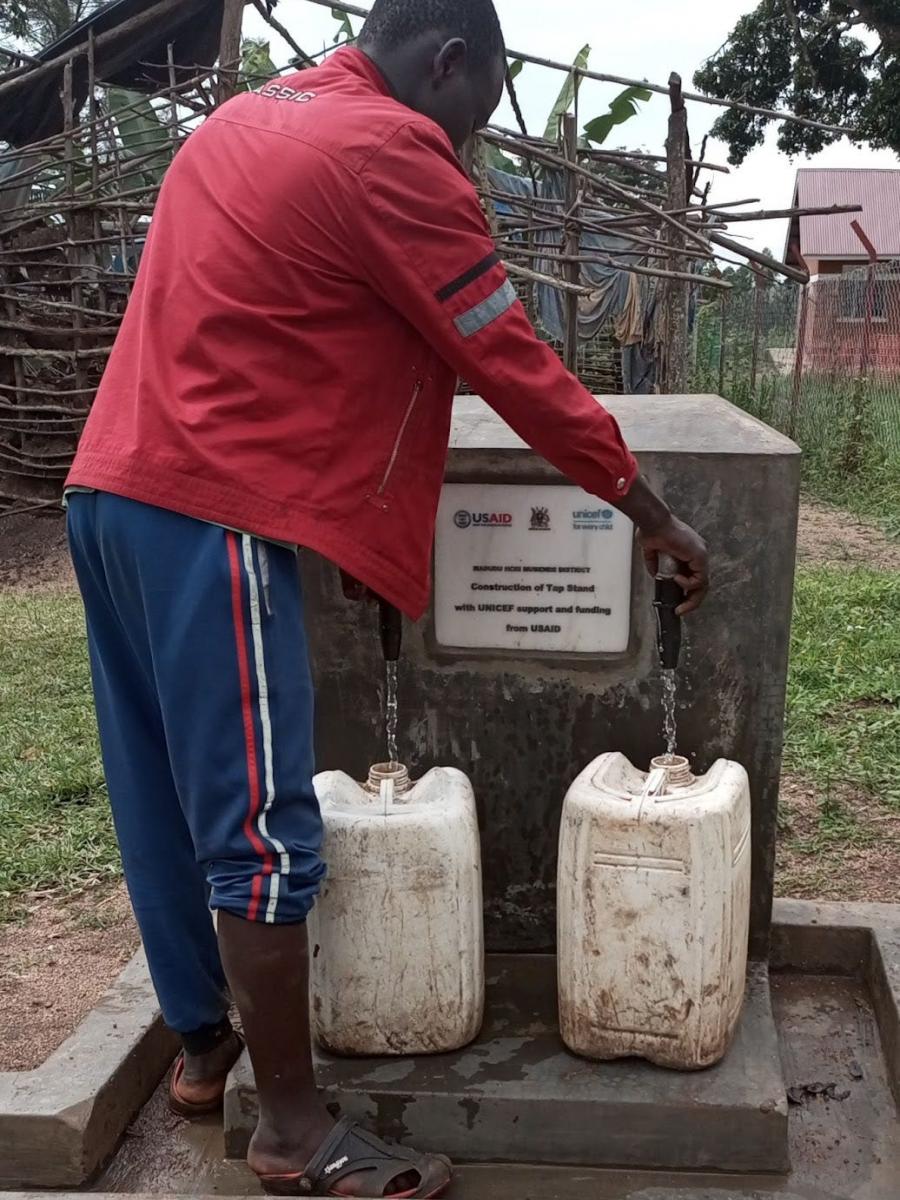A member of the community fetches clean water from one of the stations built to improve hygiene at Madudu Health Centre III in Mubende district./ Abel Asiimwe, UNICEF Uganda
Jan. 11 marked the end of the third largest Ebola outbreak in Uganda’s history. When the outbreak was declared in September 2022, the Ministry of Health, with concerted efforts from development and implementing partners, established a response team and plan to curb its spread and care for the affected. The U.S. government, through agencies including USAID, mobilized resources to support the response to the outbreak, which saw 142 confirmed cases and 55 deaths.
On Jan. 11, with no new cases registered for 42 days, the Ministry of Health and WHO declared the end of the outbreak.
Today, the Government of Uganda and @WHO declared that the Ebola outbreak in Uganda has ended after 3 months. This is an important milestone that reminds us that we must redouble efforts to prevent and respond to infectious disease outbreaks. https://t.co/HTyNGqzQzv pic.twitter.com/8Qnj7jGJhE
— Samantha Power (@PowerUSAID) January 11, 2023
USAID played a particularly important role in the overall response. Here are nine ways USAID collaborated with implementing partners to support the Ugandan Government’s goals to contain and end the spread of Ebola.
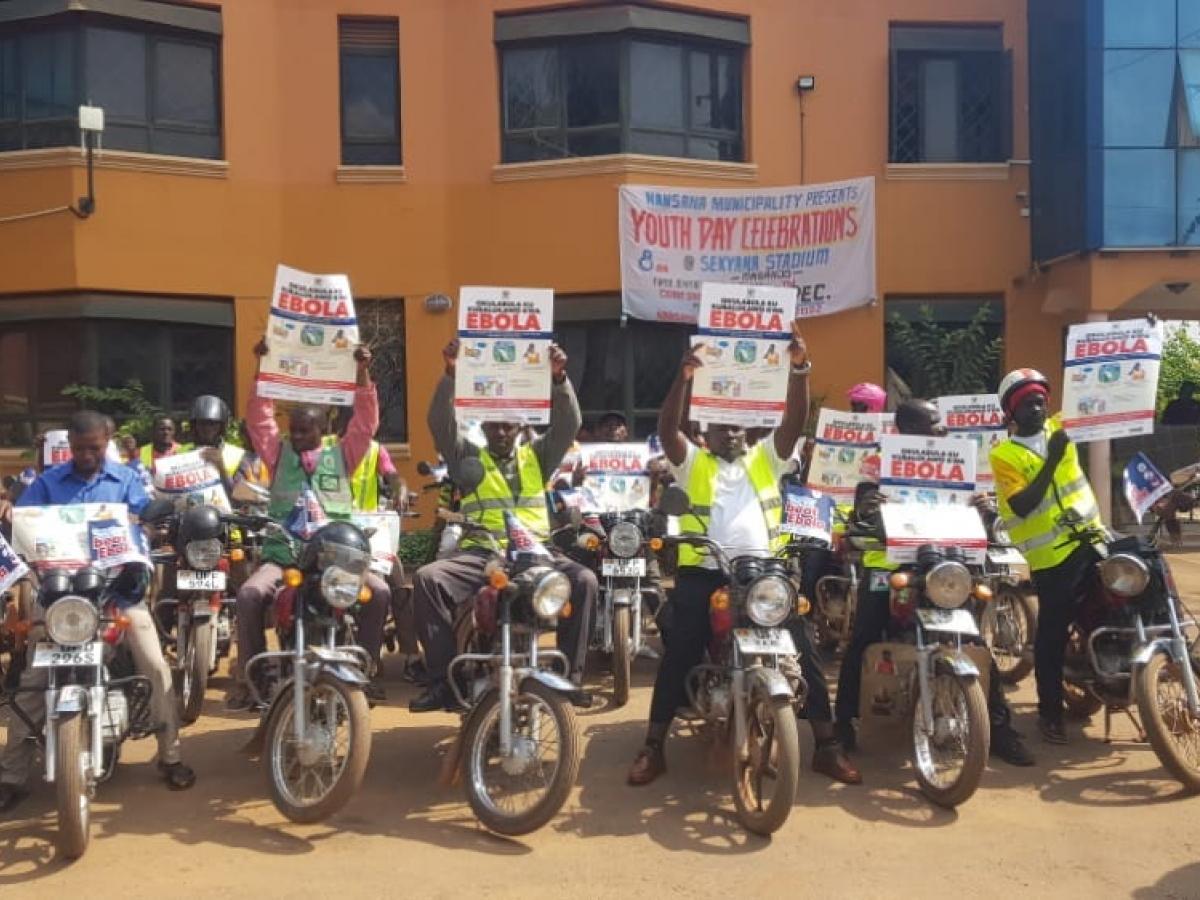
Motorcyclists display EVD fliers to the public in Wakiso district.
JHU -SBCA
1. Creating public awareness
Accurate, reliable, and timely information is crucial for any outbreak response. In partnership with the Ministry of Health, USAID, UNICEF, and the International Federation of the Red Cross/Uganda Red Cross Society, carried out communication activities on risk factors and means to prevent Ebola. Facts about Ebola, including transmission, prevention, and community alerts, were shared with over 7 million people. This information was shared through the mass media, social media, community meetings, household visits, key influencers, boda-boda (motorbike) drivers, and religious, cultural, and traditional leaders.
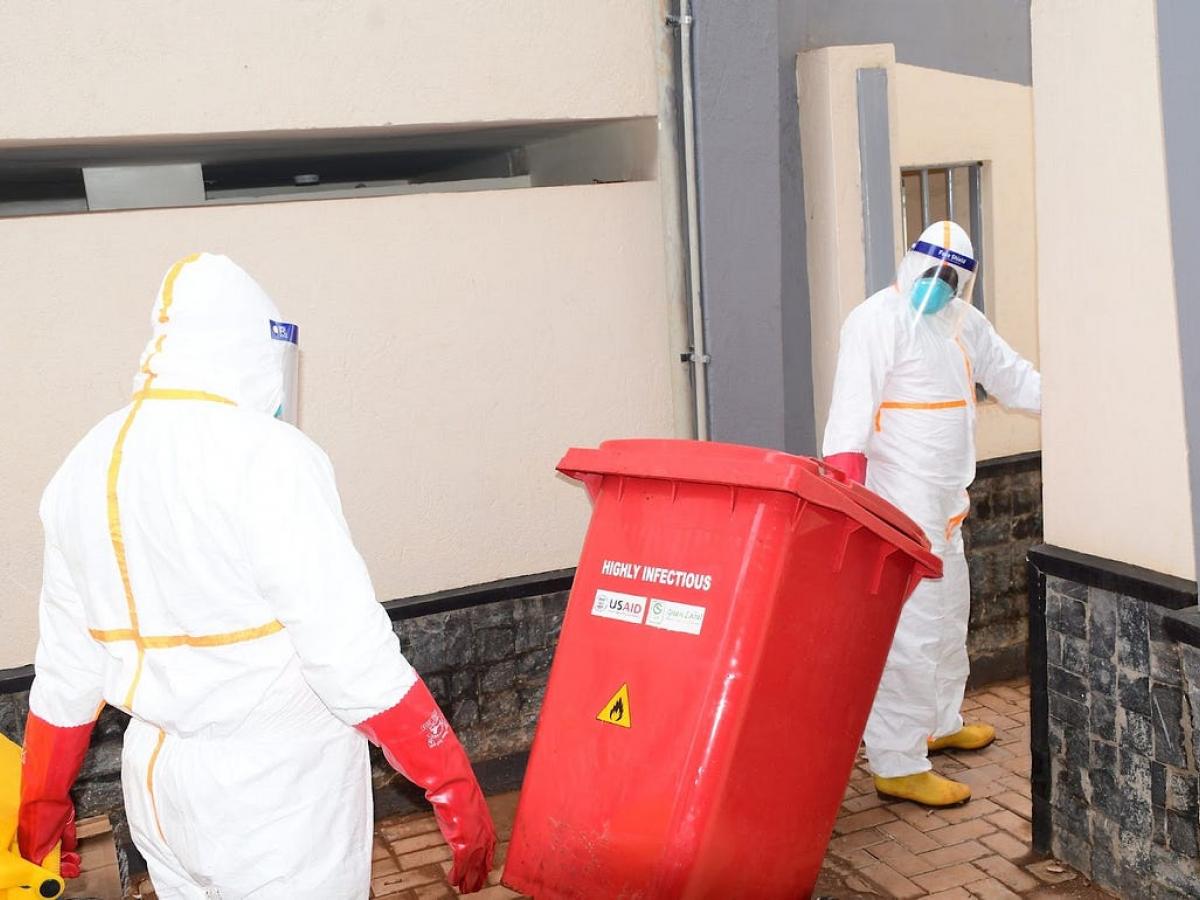
Workers collect and dispose of highly infectious waste from the Ebola isolation unit at Mulago National Referral Hospital.
Green Label Services
2. Collecting and disposing hazardous infectious waste
A high rate of health care waste is generated daily in Uganda, mainly from hospitals and primary health care facilities. Many facilities lack proper waste management, and exposure to contaminated waste can result in increased infections, including Ebola. USAID partnered with Green Label Services, a local company, to support the Ministry of Health to disinfect and collect hazardous waste from high-risk health facilities in all 9 affected districts. Green Label trained health workers and waste handlers in waste management and supplied color-coded bins and bin liners to facilitate waste segregation. During the outbreak, Green Label collected and safely disposed of more than 856,000 pounds of waste.
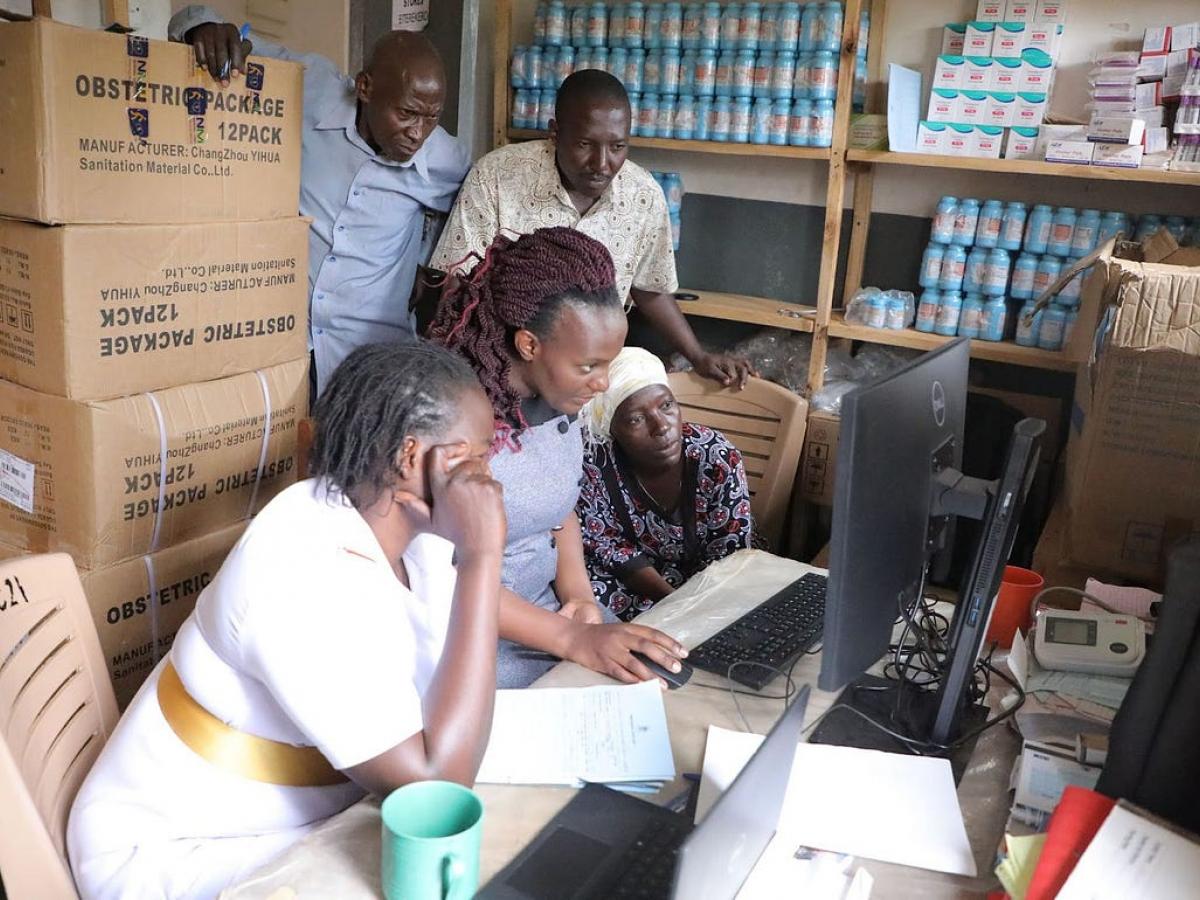
Training of health workers on the use of the electronic logistics information management system.
MSH
3. Sustaining an adequate supply of commodities at health facilities
In partnership with WHO, USAID donated over 15,500 sets of personal protective equipment and related supplies for health workers. Through its partner, Strengthening Supply Chain Systems, USAID supported forecasting and managing supplies and commodities to help ensure adequate stock of these lifesaving items in health facilities.
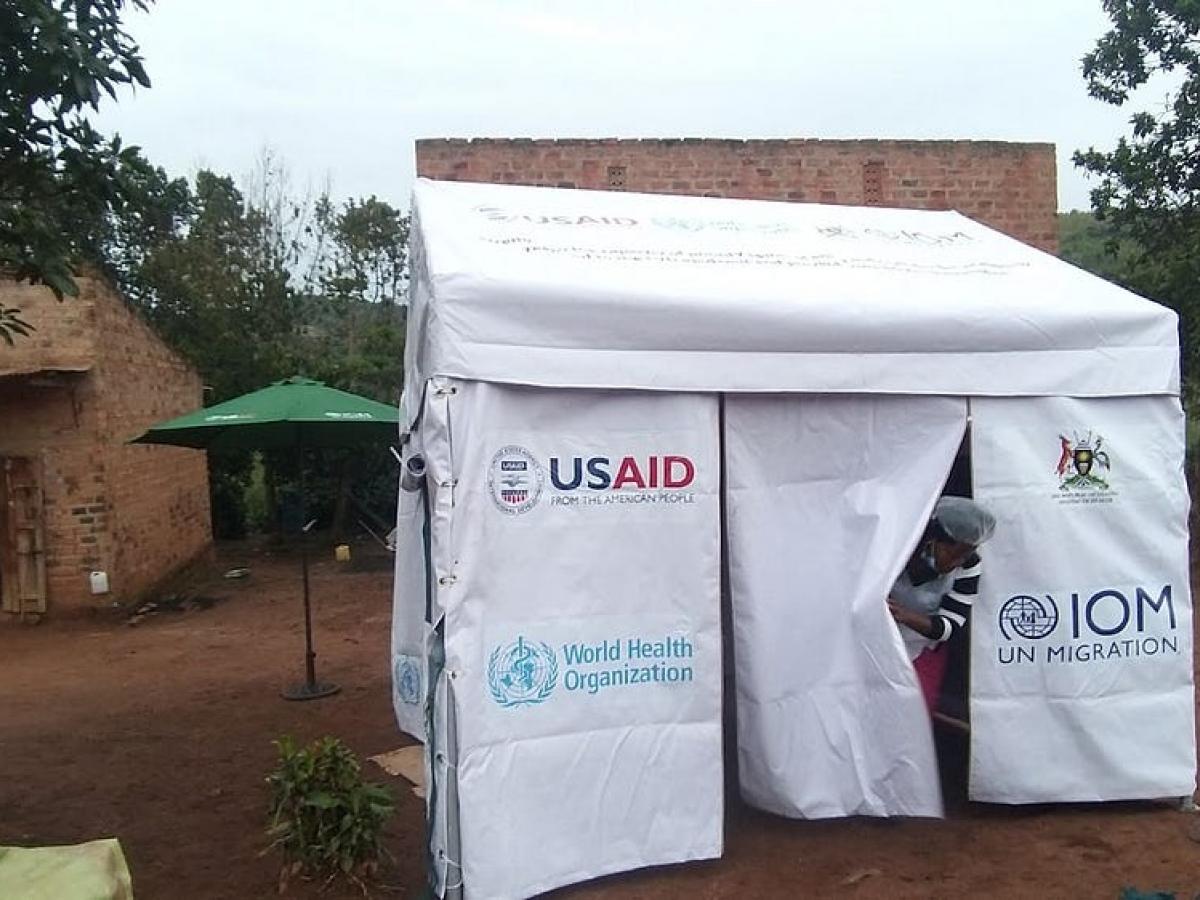
One of the isolation medical tents supplied to support active screening activities at the points of entry.
IOM
4. Improving border health screening and surveillance
To avoid spread beyond Uganda, USAID worked with the International Organization for Migration (IOM) to enhance screening and surveillance at high-volume border points. IOM trained and deployed screeners at Entebbe International Airport and six border points at land crossings.
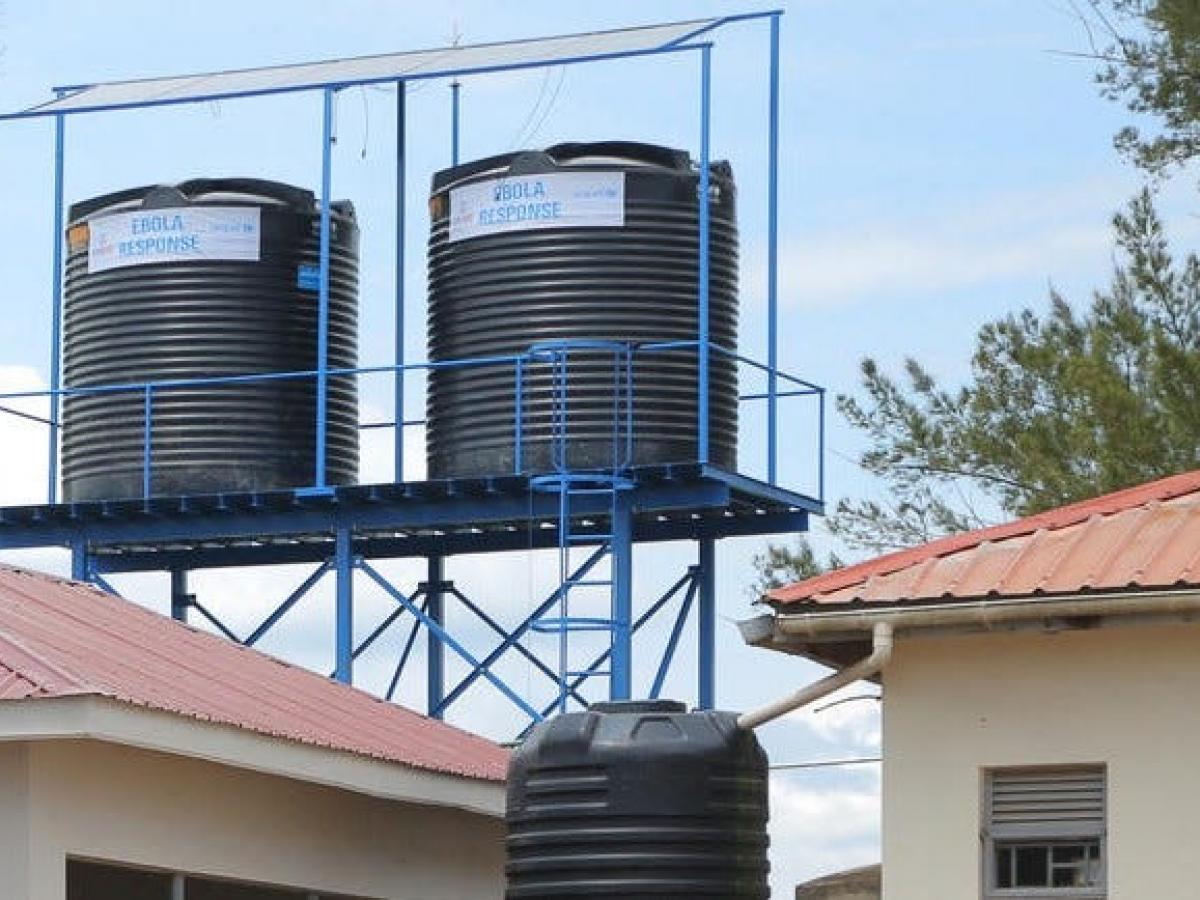
Water tanks at Mubende Regional Referral Hospital supported the Ebola response.
Stuart Tibaweswa, UNICEF Uganda
5. Improving hygiene at markets, schools, churches, and health facilities
Infection prevention and control (IPC) is an essential activity for effective outbreak response. Water, sanitation, and hygiene practices are critical IPC. Through UNICEF and the Uganda Red Cross, USAID supported construction of a borehole with a pump and pipes to transport clean water to taps in Kassanda to ensure IPC access — interrupting the spread of Ebola. USAID also set up water tanks and handwashing stations at the Ebola Treatment Units in Mubende and Kassanda. This infrastructure will be sustained beyond the outbreak by Community Water Committees, ensuring access to an essential ingredient for infection prevention and control- clean water.
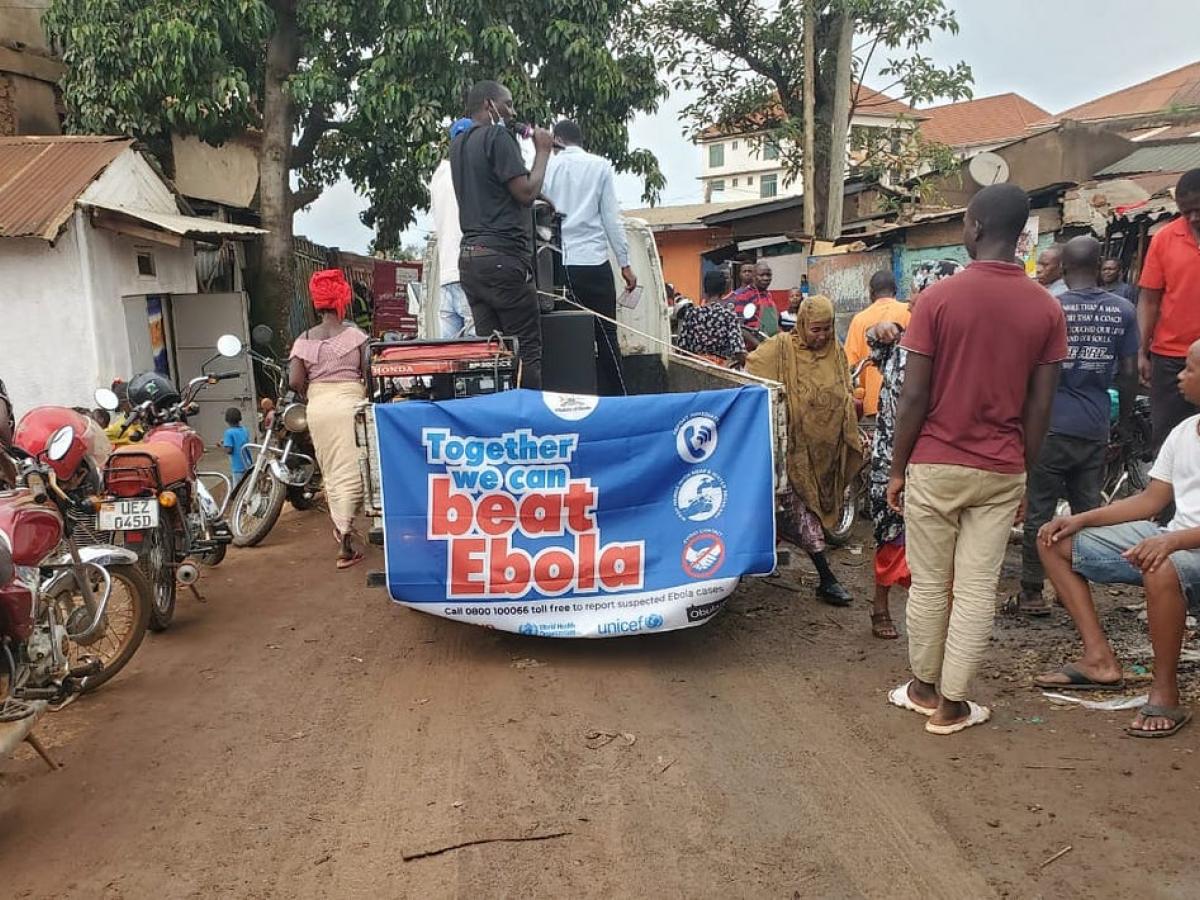
A community resource person sensitizes a community in Kampala about Ebola.
JHU -SBCA
6. Coordinating resources and sharing information
USAID and WHO supported the Ministry of Health to enhance coordination at national and sub-national levels through the Public Health Emergency Operations Center, as well as district task forces. Proper coordination helps ensure appropriate use of resources. Additionally, decentralized communication networks, including the district and village health teams, were equipped with Ebola facts and in turn shared accurate information with the communities and supported contact tracing and surveillance efforts.
7. Strengthening private health facilities
The scale and significance of the outbreak necessitated deliberate and strategic partnerships, especially when cases started appearing in Kampala. This was the first time an Ebola outbreak had reached a densely populated area in Uganda, and concerns were extremely high that the number of cases would explode quickly. USAID’s Maternal Child Health and Nutrition Activity responded by rapidly providing infection prevention and control supplies and technical assistance to private-for-profit lower-level facilities to effectively screen, identify, isolate, notify, and refer suspected or confirmed Ebola patients to designated Ebola Treatment Units in Kampala City.
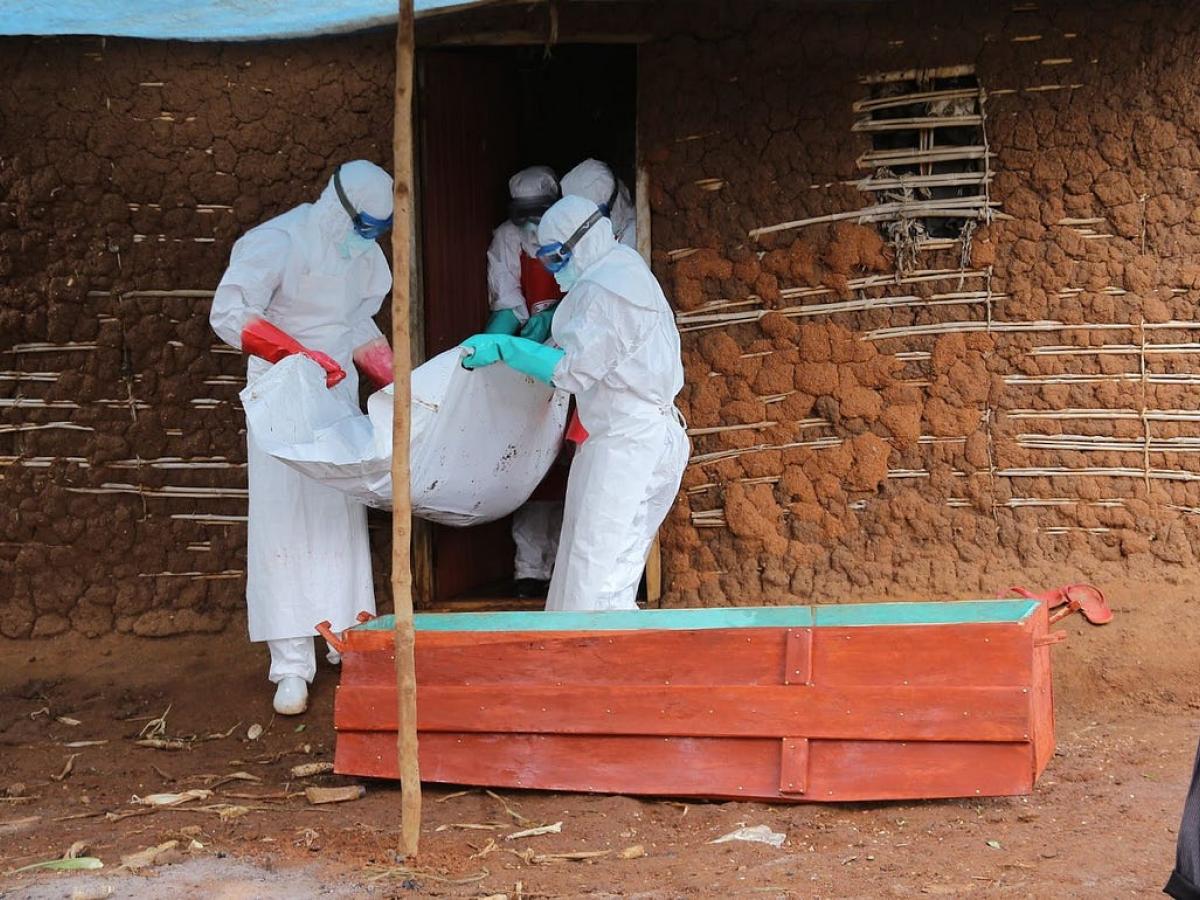
A burial team prepares to bury an Ebola victim in the community.
Uganda Red Cross Society
8. Providing safe and dignified burials
The bodies of those who die from Ebola are extremely infectious. USAID worked with the International Federation of the Red Cross/Uganda Red Cross Society to provide training, personal protective equipment, and burial kits to safely bury those who died, with grace and compassion. This service limited the spread of Ebola.
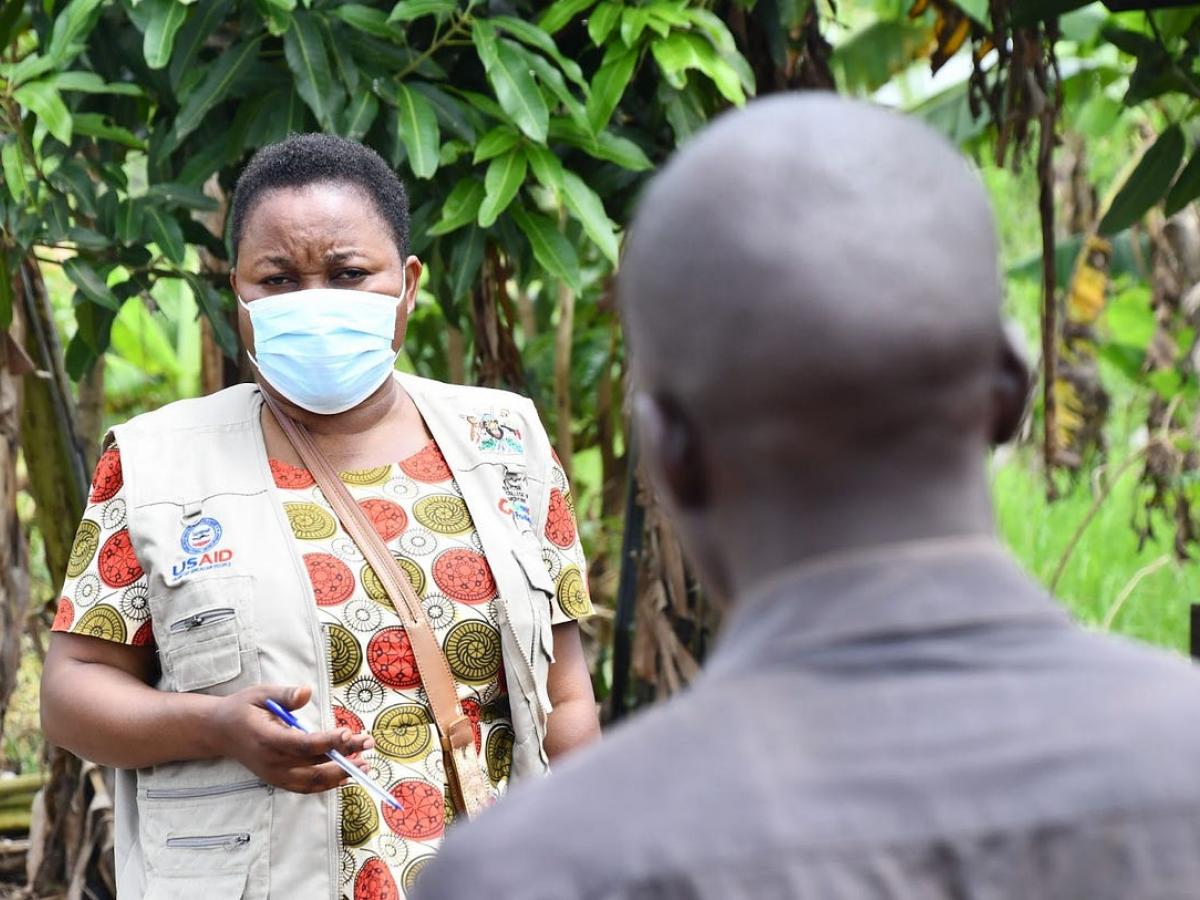
A counselor speaks to an Ebola survivor in Mubende, after discharge.
Baylor — Uganda
9. Reintegrating survivors back into society
Ebola survivors face significant fear and stigma upon returning to their communities. Long-term health and socioeconomic-related challenges exacerbate this stigma. USAID is working with Baylor-Uganda, a local NGO, to provide mental health and psychosocial support and reintegrate survivors back into their communities. Three new survivor clinics will provide this critical support to the outbreak’s 87 survivors. Baylor-Uganda has also supported the Ministry of Health to develop a National Ebola Survivors’ Framework.
One survivor said: “Owing to the close interactions, discussions and sensitization sessions that the counselors held with us and our communities, the community eventually believed that we were free of the Ebola virus and accepted us back.”
USAID continues to support Uganda’s epidemic preparedness efforts through strengthening existing systems and infrastructure. USAID’s Global Health Security (GHS) investments aim to help strengthen Uganda’s ability to detect, prevent, and respond to infectious disease threats, especially those caused by zoonotic diseases and antimicrobial resistant pathogens.
In coordination with other U.S. and international stakeholders, USAID’s GHS activities include strengthening animal health and community-based surveillance, laboratory systems, risk communications, workforce development, emergency response operations, infection prevention and control in healthcare facilities, emergency supply chain readiness, and antimicrobial stewardship.
. . .
About the Author
Jennifer Tumusiime is the COVID-19 & Ebola Knowledge Management Specialist with the USAID Uganda Learning Activity.

